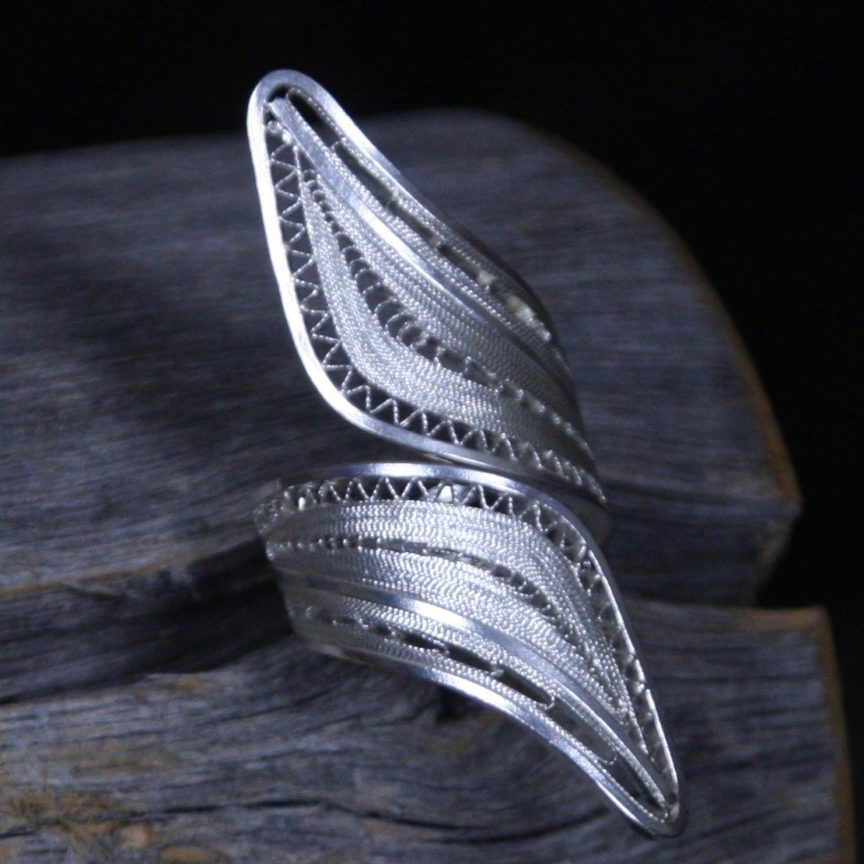How is Filigree Jewelry Made – blog continues from part 1:
Frequently, a piece of metal, as well as a wire shape is utilized to provide support to the fragile task of creating filigree jewelry. In many historic designs, granulation was frequently used to highlight filigree products. This method comprises of soldering tiny beads of metal at gaps that they can set of the wirework properly.
Throughout the Etruscan, and then the Roman time period of the 6th to 3rd centuries BC, the craft of filigree jewelry making progressed to the greatest level of perfection. India also offers an abundant and fervent filigree heritage. It looks likely that here as well as in other parts of central Asia, jewelers were affected by the Greeks that migrated East and lived in their midst. Because of this, contemporary Indian jewelry shows the same style and design patterns of those of early Greece. This is a fascinating fact.
The filigree tradition was conserved throughout the Middle Ages, in which remains the jewelry standard across the globe. It is possible to still come across workshops at which this heritage remains intact, handed down throughout the generations by talented artisans. Visit our shop and see some beautiful examples of this in the silver filigree jewelry.
Ancient jewelers that many times emulated the craft of the Byzantine goldsmiths of Constantinople, decorated crosses, reliquaries along with the covers of bibles and other pieces with filigree designs. Many of these pieces were ornamented with valuable gemstones, smooth and enameled, producing an incredible artifact. Through the Middle Ages, the craft of creating filigree was trained also by the Moors of Spain with impressive talent. They exported this expertise to the New World, with their upcoming explorations, and intricate and elaborate filigree jewelry continues to be made in the present day Spain.
The Irish, who are renounced metal workers, equally exercised filigree craft. Several reliquaries as well as private jewels of wonderful filigree pieces have been recovered. Rather than using the conventional design of thin curls of thread, Irish filigree is typified by designs by which one string may be traced through numerous knots, with unique schemes that are hard to follow with the eye. The string thread emerges and vanishes without breach of continuity which is typically worked into the head of a serpent or monster. Silver filigree brooches and buttons were additionally produced in Scandinavia. Small chains and pendants were added to the majority of this Northern jewelry work.
Closing
We hope that you have enjoyed this brief document of the art and history of filigree jewelry making. As you can clearly see, filigree is a unique process, which has lasted through the centuries allowing it to continue enjoyed by today’s jewelry enthusiast. Please visit our shop to see the unique pieces of silver filigree jewelry that were handmade by artisans in remote locations of the world. You may find just what you are looking for…
